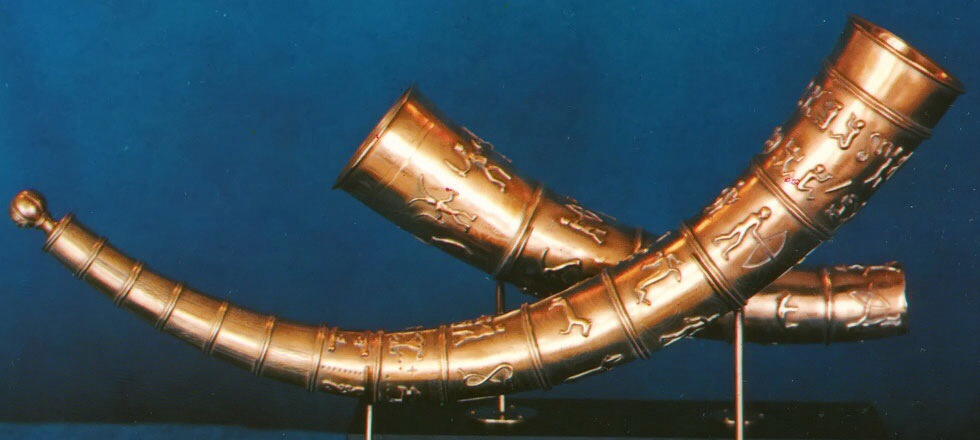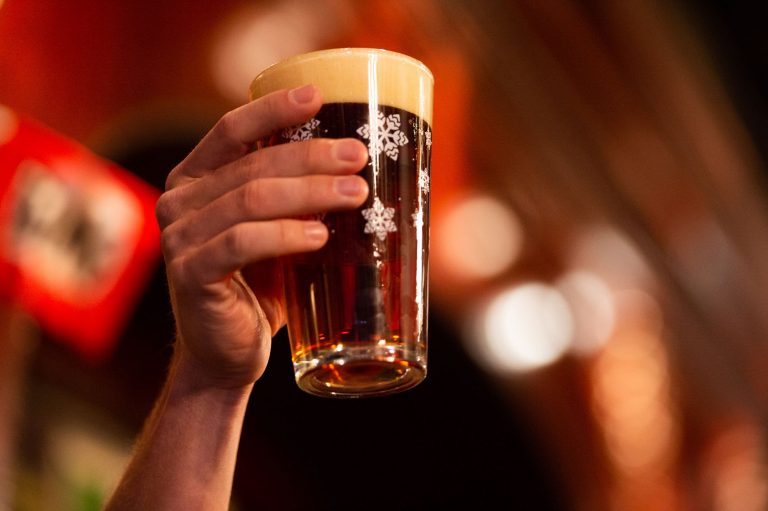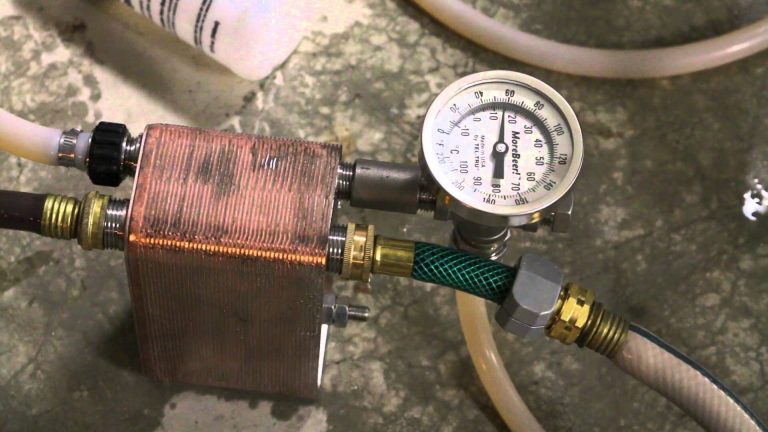What are Malt Extracts? Easier homebrewing with extracts
For those of us just starting to dip our toes into the world of homebrewing it can be a little intimidating. Especially for those of us who have stepped up from that box store “Mr. Beer” kit into something a little more complex.
Having all the right gear still doesn’t make it easy. Luckily for us there are shortcuts. Like extracts.
So, what exactly are malt extracts?
Where do malt extracts come from?
How are malt extracts used?
What to look for in quality extracts
Hopped and unhopped malt extracts
Where to buy malt extracts
Liquid Malt Extracts
Golden Light by Briess
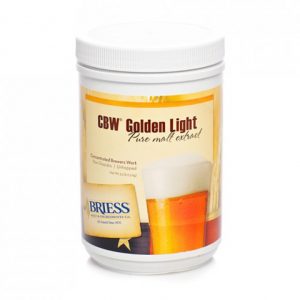 Made for lighter beers, this malt doesn’t impart heavier malty flavors that darker LMEs do. Golden Light is also excellent for all grain brewers who need to lighten the color of the wort without adding more malt flavoring.
Made for lighter beers, this malt doesn’t impart heavier malty flavors that darker LMEs do. Golden Light is also excellent for all grain brewers who need to lighten the color of the wort without adding more malt flavoring.
Think summer ales, IPAs and other easy drinking brews.
Sparkling Amber by Briess
 The perfect middle ground LME. Sparkling Amber is not too light with a semi-malty flavor that doesn’t overpower the batch.
The perfect middle ground LME. Sparkling Amber is not too light with a semi-malty flavor that doesn’t overpower the batch.
Like Golden Light, this LME can be used to adjust the color, flavor or gravity of all grain beers when brewing an all grain batch, or can be used alone for extract brewing. Combine with a light LME like above to create a flavorful IPA.
Amber ales and reds and any other in between beers are perfect for this.
Traditional Dark by Briess
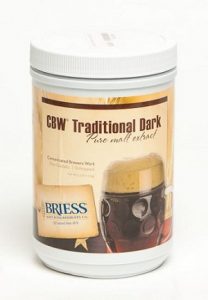 Those big beers that are darker than a moonless night that we love in the colder months use malt extracts like this.
Those big beers that are darker than a moonless night that we love in the colder months use malt extracts like this.
This extract is made up of dark and black malts for that intense flavor you want in stouts and porters. Has some hints of sweetness with the consistency and color of molasses.
That should do it!
Now we’re well equipped to brew with malt extracts or talk with our homebrewer buddies at the bar about LMEs and DMEs. Speaking of equipment, did you find yourself here without a proper homebrew kit?
Chomping at the bit to get started making the next best beer for our lists but nothing to brew with? Like we mentioned above we have that covered. Check out our list of the top homebrew kits. We cover everything from bare bones to fully loaded.
Now get out there and start making some beer. We can’t wait to try it.
Have suggestions about extracts or want to clue us in on something we missed? Hit us up in the comments.
Brew on and hop responsibly!



